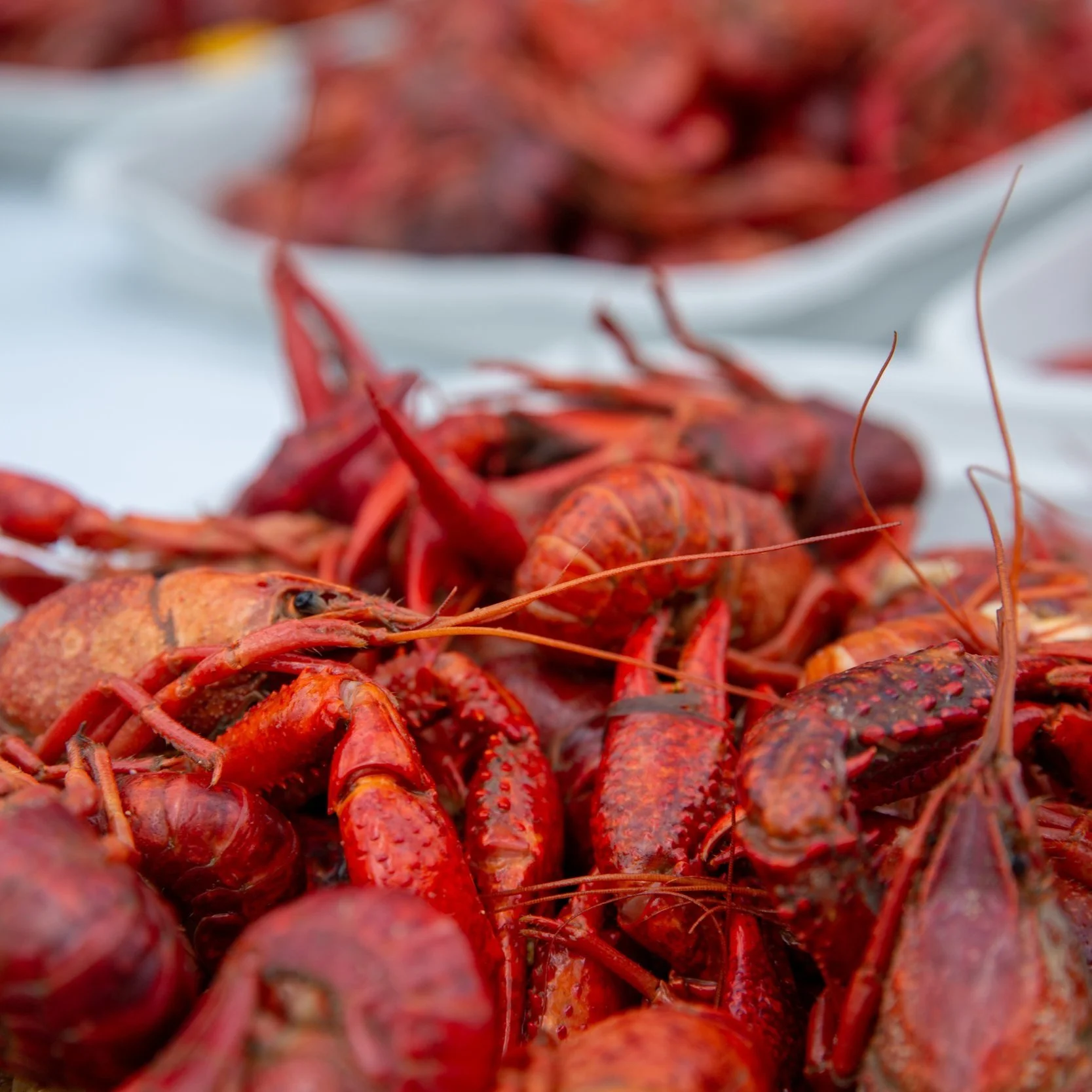The Coalition to Restore Coastal Louisiana (CRCL) after operating in New Orleans for ten years, has expanded its oyster shell recycling program to Baton Rouge. This initiative aims to combat coastal erosion by using recycled oyster shells to rebuild and strengthen Louisiana’s fragile coastlines. Spokesperson James Karst says oyster shells are a critical component in creating new oyster reefs, which act as natural barriers against storm surges and help restore marine habitats.
Read MoreA well-known Mississippi Gulf Coast seafood wholesaler with deep ties to Louisiana restaurants has pleaded guilty to a decades-long scheme of mislabeling imported seafood as locally sourced premium varieties. Quality Poultry and Seafood Inc. (QPS), the largest seafood distributor on the Mississippi Gulf Coast, and two of its managers admitted to the fraudulent activity in a plea agreement with the U.S. Department of Justice.
Read MoreAn unsolicited proposal from Hecate Energy Gulf Wind for two commercial leases for wind energy development off the coast of Texas and/or Louisiana has raised significant new concerns for the U.S. shrimp industry.
Read MoreThe air was already steamy at 8 a.m. on an August morning, the sidewalk radiating heat waves as a crowd filtered into St. Joseph Cathedral in downtown Baton Rouge. Hundreds filed into the church, adorned in veils and athleisure wear, white robes and tennis shoes.
They were among thousands of Catholics who converged on the Mississippi River Aug. 14 and 15 for the Fête-Dieu du Mississippi. The two-day boat procession traveled down the river from Baton Rouge to New Orleans.
Read MoreImports. The greatest competition for local Delcambre shrimpers.
“The shrimping industry is at its all-time low right now, and it's horrible right now," said shrimper Cherie Boudreaux, who has owned more than 20 boats. “As a teenager, my ex-husband and I used to walk the docks of Delcambre, and we always said we were gonna get a shrimp boat one day."
Read MoreThe Louisiana Oyster Task Force is set to meet Monday, August 19 at the New Orleans Lakefront Airport.
Read MoreThe Louisiana Crab Task Force is set to meet Tuesday, August 20 at the Terrebonne Parish Government Tower.
Read MoreAccording to eater.com, Frugé Aquafarms and Cajun Crawfish in Branch, Louisiana holds the honor of being Louisiana's largest crawfish farm.
At a whopping 3,500 acres, Frugé Seafood Company produces between 1 million and 3 million pounds of crawfish each season.
Read MoreWhile crops like corn and rice are seeing a good harvest this year, Louisiana Agriculture Commissioner Mike Strain estimates it will take years for the state crawfish industry to bounce back from last year’s historic drought. Strain says the effects of the drought won’t be fixed in a day.
Read MoreCrawfish season in Louisiana this year was heavily impacted by the summer drought in 2023, an arctic blast and rising costs for farmers.
Anyone who wanted to buy live or boiled crawfish faced sky-high prices at retailers. Crawfish prices remained higher than usual through much of the season, selling for as much as almost $13 per pound at one point.
Read MoreThe global crayfish market size is estimated to grow by USD 2.26 billion from 2024-2028, according to Technavio. The market is estimated to grow at a CAGR of 6.15% during the forecast period. Growing demand for aquaculture-based fish varieties is driving market growth, with a trend towards demand for processed and packaged crayfish.
Read MoreThe Louisiana Wildlife and Fisheries Commission (LWFC) will reopen the oyster season in designated portions of the Public Oyster Seed Grounds in the Vermilion /Atchafalaya Bay area to allow bedding of oyster resource to private leases.
Read MoreLouisiana agriculture generates approximately $3 billion in sales each year, but in most years agricultural productivity is negatively affected by hurricane damage. Louisianans are familiar with the devastation and loss of life and property that can accompany a hurricane event as the state experiences, on average, one hurricane every three years. The total economic losses from a single hurricane can reach tens of billions of dollars, while agricultural losses can exceed one billion dollars. Louisiana is a major agricultural producer for the United States, but the structures, livestock, and crops are highly exposed to extreme wind and flooding during hurricane events.
Read MoreIndustry coalition Stronger America Through Seafood (SATS) today sent an letter signed by more than 50 leaders in the seafood industry to leaders of the House Natural Resources Committee in a demonstration of growing support for expanding aquaculture in U.S. federal waters to increase production of healthful, sustainable and affordable seafood in American communities. There are currently three offshore aquaculture related bills awaiting Committee action.
Read MoreThis memo provides a comprehensive overview of programs available to crawfish farmers and crawfish fishermen, the barriers we are working to address with the U.S. Department of Agriculture (USDA) and U.S. Small Business Administration (SBA), and the actions the Higgins Congressional office has taken to encourage federal and state government policy to assist the crawfish industry in Louisiana.
Read More














